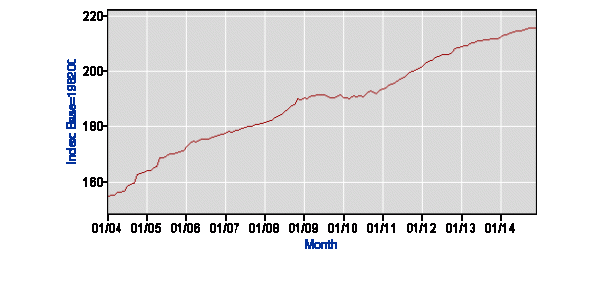A course on the aggregation of preferences at my university, or more specifically, a cursory admission by the instructor that the aggregation of preferences taken as ordinal rankings is meaningless from the actual welfare point of view made me draw a connection between the meaninglessness of the aggregation of preferences and the socialist calculation debate.
Recall that Hayek claimed that the main problem of socialism was that the planners don’t have access to the individual-level knowledge, including the knowledge of individuals’ utility functions. However, if the meaninglessness of aggregation is taken into account, it can be shown that even if planners had access to individuals’ utility functions (which in any event are a fiction), socialist calculation would still be impossible.
To understand why, imagine an economy where all the capital has just been nationalized but market allocation of finished consumer goods was preserved. In the beginning of the first planning period the planners decide on the set of goods and services to be produced and distribute a certain amount of monetary units (valid until the end of the period) among the population. By the end of the period, they record a set of quantities of various goods and services sold and the relevant prices.
For the following period the planners make some changes to the set of goods and services but distribute the money the same way. In the end of the period they get another set of quantities and prices. But the fundamental problem is that there is no rational way for the planners to compare the two sets of quantities and prices. And they would not be helped even if they could calculate a social utility function based on individual utilities.
But an even more interesting question is why we can say that the allocation of resources in markets is relatively rational in contrast to the socialist case. It is not enough just to say that when an entrepreneur receives a profit after reallocating certain resources, it means that the relevant consumers were able to pay to her more than the consumers of the stuff which was previously produced with the help of the relevant capital and thus, the overall welfare has been enhanced.
After all, it is possible to imagine cases in which (if they are taken individually) such reallocation may prima facie seem to decrease the overall welfare. Imagine, for instance, that the land under a popular skating rink is profitably reallocated to a golf club which is used by a few rich people in contrast to the skating rink being used by lots of people. It doesn’t seem suffice to say that the new owner of the land is earning higher profits than the previous owner who used the land for the skating rink.
What allows to resolve this problem is a realization that it is only possible to have really high (in the total amount) profits for long periods of time if you are making substantial innovations useful for large swathes of people, allowing them to fulfil new needs or old needs in better ways (compare the total profits of Apple with those of Louis Vutton, for instance). But this is of course the case only because our world is as it is at the level of people’s actual abilities, resources and their ability to be transformed into valuable goods and services. In particular, the very rich don’t seem to be able to earn a really large share of income by producing stuff mostly for themselves mostly through their own contribution.
Thus, even the hypothetical case with the skating rink can be resolved. If it isn’t analysed separately, one can see that the former owner gets paid for the land. This money can allow either her directly or someone else to whom she might lend the money to buy different capital goods, and it is more probable that that capital may be more profitable invested into serving larger numbers of people than the very rich again.



